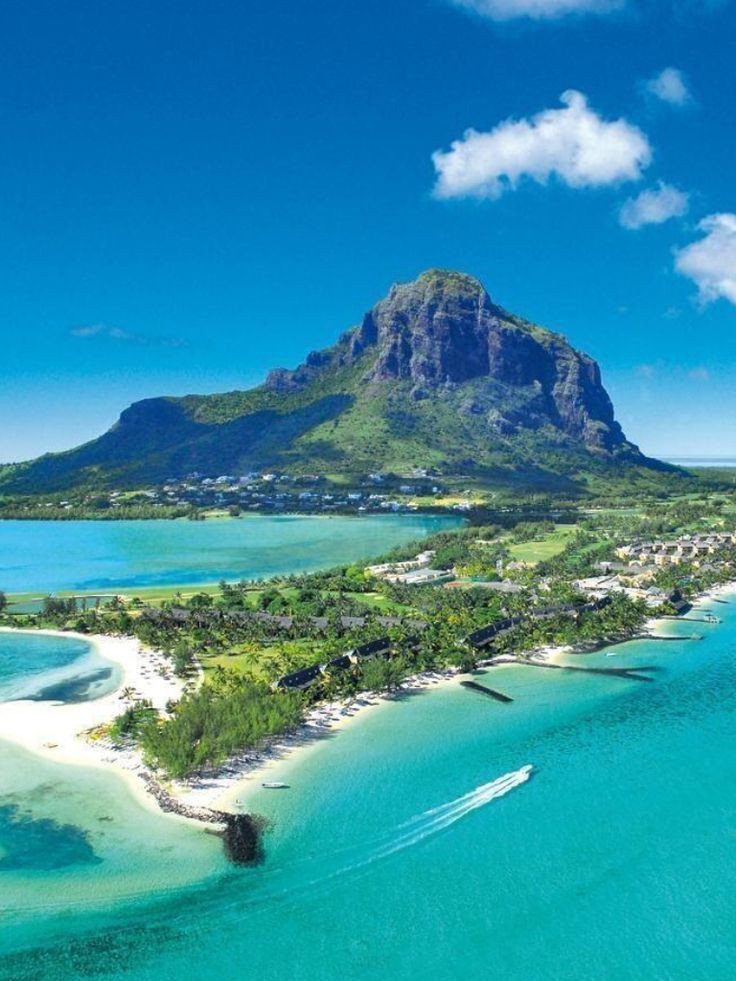Madagascar, an island nation situated off the southeastern coast of Africa, has embarked on a pioneering initiative to revolutionize urban mobility in its capital city, Antananarivo, by launching a cutting-edge cable car system. Designed to transport approximately 40,000 passengers daily, this innovative project aims to alleviate the city’s traffic congestion and position Madagascar as a leader in sustainable and efficient transportation solutions.
The cable car system in Antananarivo, home to over 3 million, featuring modern cable cars equipped with advanced technology, connects key areas of the city, providing a swift and scenic alternative to the often-congested roadways. With projected ridership in the tens of thousands daily, the cable cars are expected to significantly reduce travel times and ease the burden on the city’s road network. Additionally, the reduction in vehicle emissions will contribute to a cleaner, healthier urban environment.
Valued at approximately $150 million, the cable car system presents a substantial investment in the country’s infrastructure. Beyond the immediate benefits to urban mobility, the project has had far-reaching economic implications. The construction and operation phases have created numerous job opportunities, stimulated local employment and providing a boost to the economy. Moreover, small businesses situated along the cable routes are expected to flourish due to increased foot traffic and improved accessibility. Furthermore, the enhanced transportation network has facilitated greater social mobility, enabling residents to access education, healthcare, and employment opportunities with greater ease.
Beyond its practical impact on daily commutes, the cable car system is poised to become a major tourist attraction in Antananarivo. The cable cars offer visitors a unique and unforgettable experience, providing unparalleled views of the city’s landscape. Key tourist destinations connected by the cable routes include historic sites, cultural landmarks, and vibrant markets, thereby enhancing the city’s overall appeal. Industry experts predict a substantial increase in visitor numbers, driven by the convenience and novelty of cable car rides, which are expected to become a major draw for tourists seeking a distinctive and memorable experience.
READ ALSO: Driving STEM Innovation: African Union’s Ambitious Agenda
Tourism industry experts anticipate a substantial increase in visitor numbers, bolstered by the convenience and novelty of cable car rides. This influx of tourists is expected to generate significant revenue for the country, with estimates suggesting that the cable car system could bring in an additional $10 million annually from tourism-related activities.
With a population of approximately 28 million, Madagascar has made a trailblazing step in urban mobility and sustainable development with the introduction of its new cable car system. This ambitious project has effectively addressed traffic congestion, boosted tourism, and delivered significant economic and social benefits, showcasing the country’s innovative zeal and commitment to progress. As Madagascar continues to invest in cutting-edge infrastructure projects, such as the cable car system, the future appears bright for Antananarivo and beyond, establishing a precedent for other cities to emulate and follow suit.


